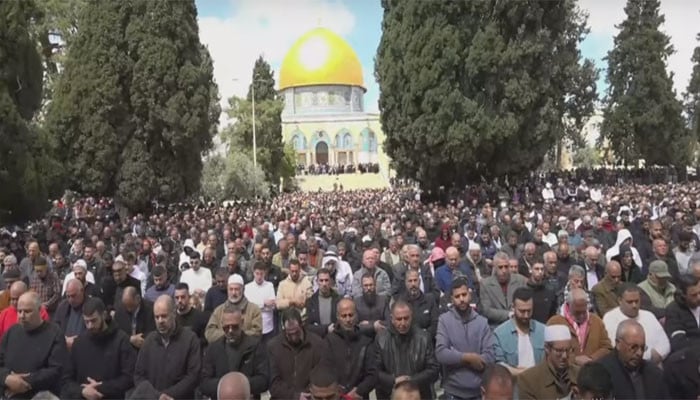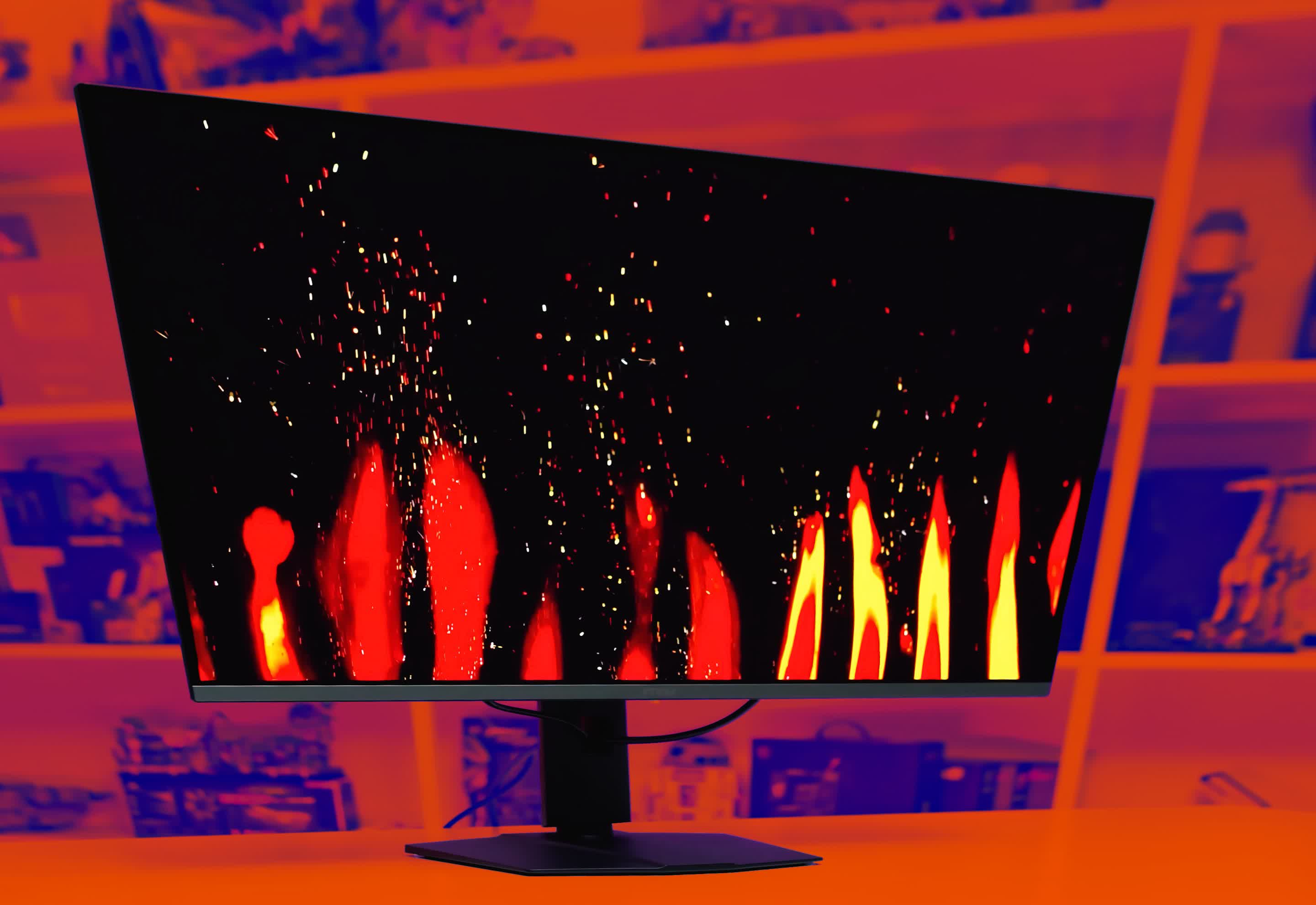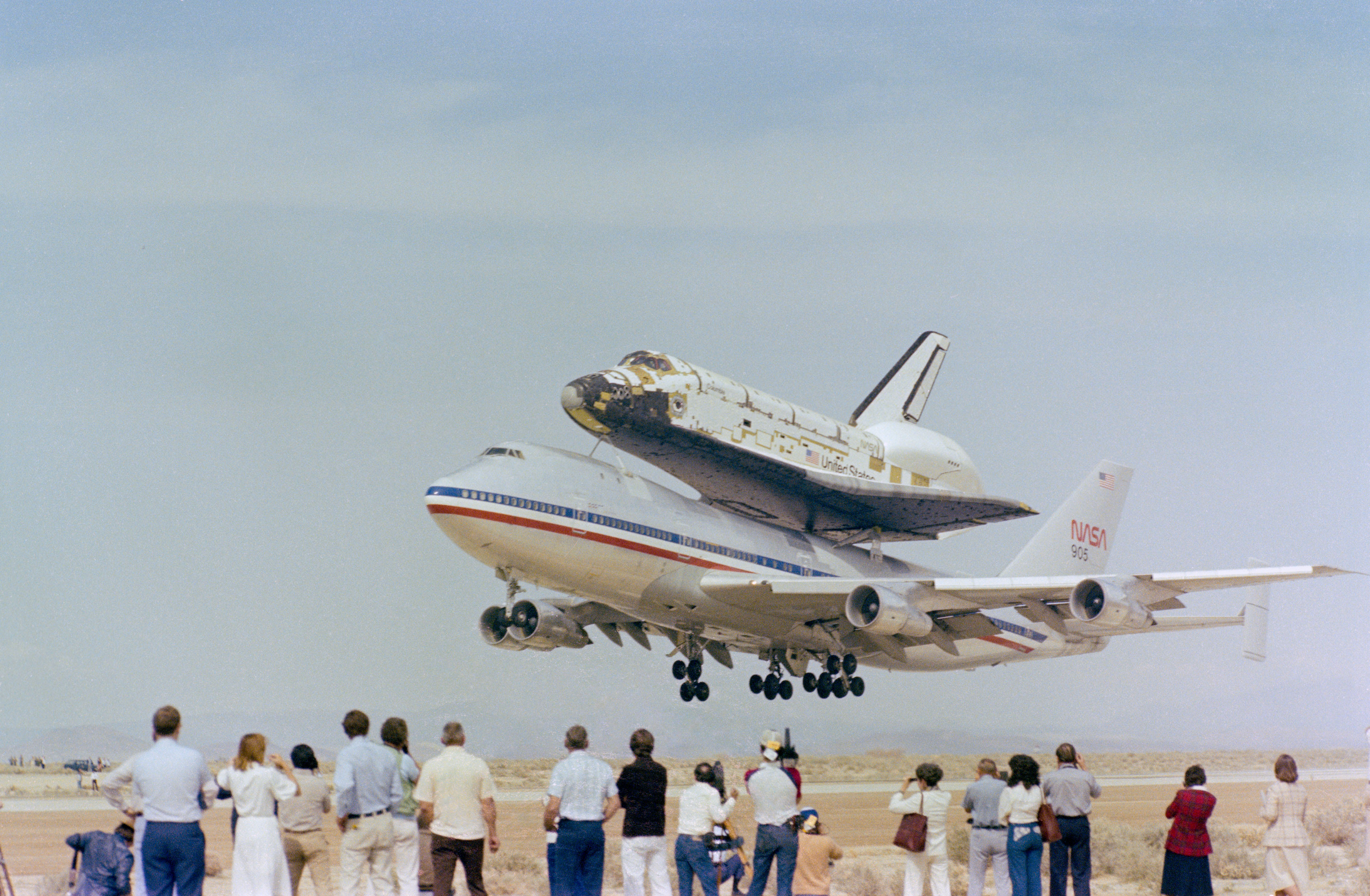[ad_1]

The Leonid meteor shower, seen in Joshua Tree National Park, California, in 2001
RGB Ventures/SuperStock/Alamy
This year, the Leonid meteor shower will reach its peak on the evenings of 17 and 18 November. The Leonids are a particularly exciting shower, known for their bright, fast-moving meteors. With the moon partially lit, at 19 per cent of its full brightness on 17 November, there is a good chance to spot them from anywhere in the world.
What are meteor showers?
Meteors, or shooting stars, are bright flashes of light that streak across the sky, appearing as if from nowhere, and are gone in seconds. They are caused by pieces of debris in space, normally around the size of a grain of rice, entering Earth’s atmosphere and burning up, and they can happen at any time of the year. Specific meteor showers take place about the same time each year, when Earth’s orbit brings us into a cloud of debris, usually left over from a comet.
Why are they called the Leonids?
The Leonid meteor shower is named after the constellation it appears to come from, in this case Leo, but it is actually produced by debris from comet Tempel-Tuttle, also known as 55P.
How can I watch the Leonids?
The best time to look is after midnight. Find a clear spot and keep your eyes on the sky. The meteors will appear to come from Leo, which you can find by looking at the Plough or the Big Dipper. Look for the two stars at the far end of the Plough, away from the handle – these are known as pointer stars because drawing a line from the bottom of the Plough to the top will point you towards Polaris, the North Star. To find Leo, trace a line through the pointer stars in the opposite direction until you reach a question-mark shaped group of stars that make the head of the lion. That said, you don’t have to look at any particular constellation, because the meteors will cross the sky in all directions.
How many meteors will I see?
The longer you are looking, the greater your chances of spotting meteors. The estimated peak of the Leonids will bring about 15 meteors per hour. If you are lucky, you might also spot a fireball. These are produced by larger pieces of debris and appear much brighter than usual meteors, stay visible for a little longer and often have visible tails behind them.
Can I see comet Tempel-Tuttle?
While the Leonids happen every year, comet Tempel-Tuttle won’t be visible this year. That is because it takes about 33 years to orbit the sun, spending most of that time far from Earth. Around the time the comet reaches its closest approach to Earth, the Leonids become not just a meteor shower, but something known as a meteor storm, with over 1000 meteors visible in an hour. The last Leonid meteor storm was in 1996, so we will have to wait until 2029 for the next one.
Topics:
Maqvi News #Maqvi #Maqvinews #Maqvi_news #Maqvi#News #info@maqvi.com
[ad_2]
Source link

















































